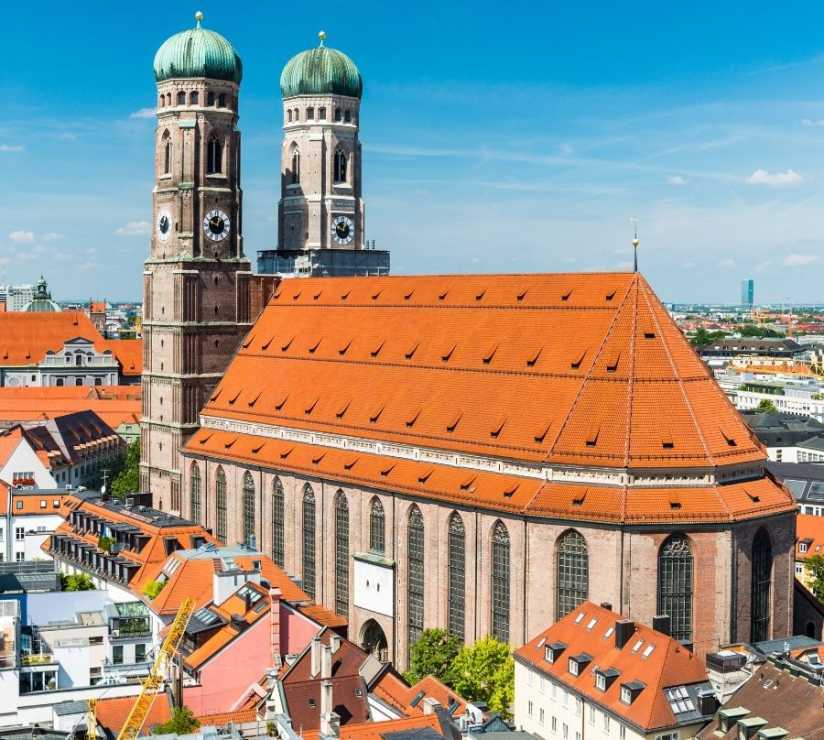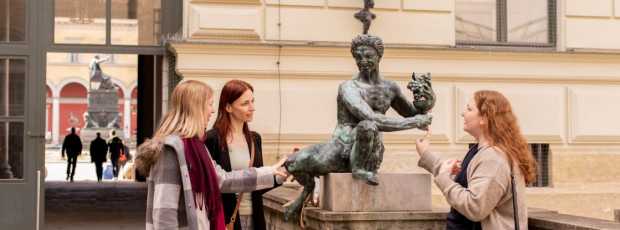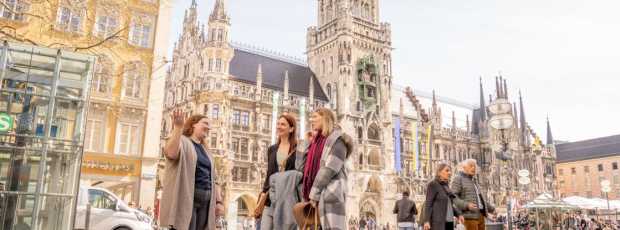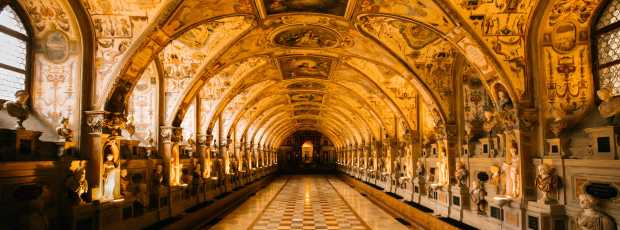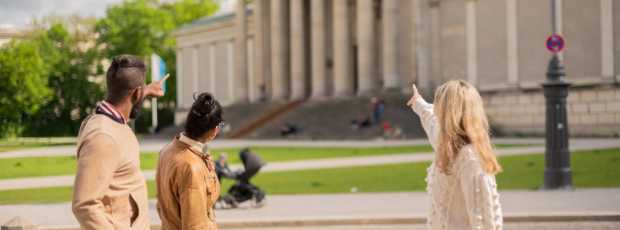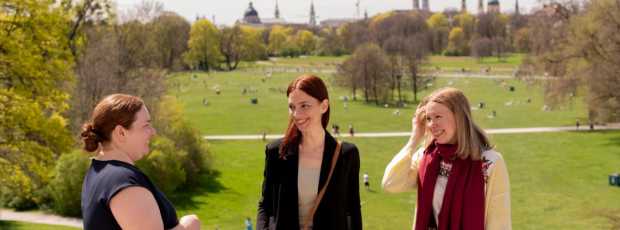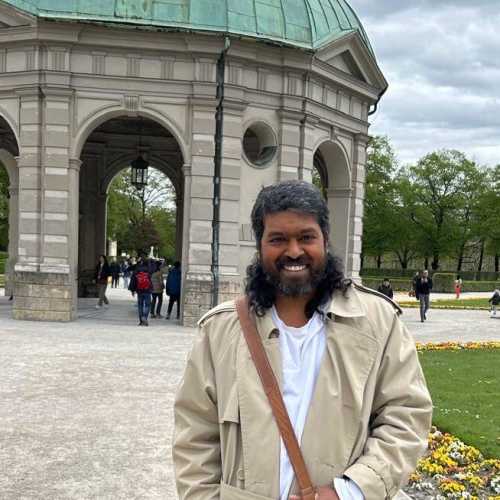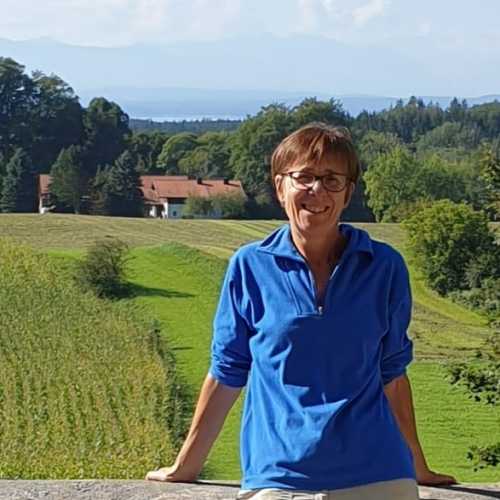Table Of Contents
- What Makes Munich's Beer Garden Culture Actually Special?
- Why Does Everyone Care About Munich's Main Square?
- Where Should You Actually Go for Authentic Beer Hall Experience?
- What's the Real Story Behind the English Garden?
- How Do Munich's Art Museums Actually Work?
- What About Munich's Olympic Legacy?
- Where Can You Learn About Munich's Complex History?
- What's Munich's Summer Residence Scene Like?
- How Does Munich's Food Scene Go Beyond Beer and Sausages?
- Where Can You Find Street Art and Alternative Culture?
- What Makes Munich's Seasonal Experiences Special?
- How Do You Navigate Munich Like a Local?
- What Are the Hidden Gems Worth Discovering?
- Where Can You Find Munich Experiences Beyond the Tourist Trail?
- What Makes These Must Do Things in Munich Matter?
Look, I get it. You've seen the postcard shots of Munich's fairy-tale architecture and heard about our legendary beer culture. But after thirty-odd years of calling this city home, I've learned there's a difference between checking boxes and actually experiencing what makes Munich tick. This isn't your typical tourist guide, it's what I'd tell my cynical friend who want to visit Munich for the first time and trusts me not to waste their time.
Munich has this peculiar ability to be simultaneously ancient and modern, traditional and progressive, touristy and authentically local. The trick is knowing where to look and when to show up. So grab a Maß (that's a liter of beer, for the uninitiated) and let me walk you through the must do in Munich experiences that actually matter.
What Makes Munich's Beer Garden Culture Actually Special?
Every guidebook will tell you to visit a beer garden, but most miss the point entirely. It's not just about drinking local beer outdoors. It's about understanding a social institution that dates back to the 1800s. Beer gardens aren't restaurants with outdoor seating; they're communal spaces where strangers share tables, bring their own food, and engage in the lost art of unhurried conversation.
The Augustiner-Keller beer garden near the central station is where I take visitors who want the real deal. Unlike the tourist-heavy Hofbräuhaus, Augustiner attracts actual Munich residents who've been coming here for decades. The local beer flows from wooden barrels, not metal kegs, which gives it a smoother taste that even beer skeptics can appreciate.
Here's what locals know: arrive by 6 PM if you want a table, bring cash (many beer gardens still don't take cards), and yes, you can absolutely bring your own food to most traditional beer gardens. The Chinese Tower beer garden in the Englischer Garten offers something unique: you can grab your beer and wander through one of Europe's largest urban parks year round.
Why Does Everyone Care About Munich's Main Square?
The New Town Hall's Glockenspiel draws crowds three times daily (in the summer), and honestly, I used to roll my eyes at the tourist masses gathering in this main square. But then I started paying attention to what happens after the 43-bell performance ends. The old town hall, a Gothic building that has survived since the Middle Ages, provides a striking contrast to its newer neighbor.
Local street musicians set up near the Mariensäule, office workers grab coffee from nearby cafés, and the rhythm shifts from tourist spectacle to everyday Munich life. If you're going to join the Glockenspiel crowd, climb 306 steps to the tower of Alter Peter (Old Peter to locals), the observation tower that offers the best views of the whole city. The ground floor entrance is just a few blocks from the main attractions.
Looking for a private city experience in Munich?
Explore the city with a local who plans a private day just for you; no groups, no scripts.
Where Should You Actually Go for Authentic Beer Hall Experience?
Let's address the elephant in the room: Hofbräuhaus. Yes, it's the most famous beer hall in Munich, but it's also a tourist circus where locals wouldn't be caught dead unless entertaining out-of-town relatives. For a more authentic experience, I send people to Augustiner-Bräu München on Neuhauserstraße. It's the oldest brewery in Munich, dating back to 1328, and the beer hall maintains that lived-in feeling.
Here's what locals know about beer hall etiquette: you share tables with strangers, you order in full liters, and tipping is expected but not extravagant. Round up to the nearest euro or add 10%. Don't forget to try the potato salad; it's a Bavarian staple that pairs perfectly with the hearty atmosphere.
What's the Real Story Behind the English Garden?
The Englischer Garten covers more ground than Central Park, but most visitors never make it past the beer garden and the surfers. Yes, you read that right, surfers. In Munich. On a river. The Eisbach wave has been drawing river surfers since the 1970s, long before it became an Instagram sensation.
The Chinese Tower area features exotic trees from around the world, creating a hidden gem within the larger park. During summer, the park becomes Munich's unofficial nude sunbathing headquarters. The designated areas might shock unsuspecting visitors, but they're a normal part of German park culture.
What makes the Englischer Garten special isn't any single attraction, it's how seamlessly it integrates into daily Munich life. It's a 900-acre reminder that Munich values quality of life over productivity.
How Do Munich's Art Museums Actually Work?
The Kunstareal (art quarter) houses three major art museums within walking distance of each other, but treating it like a cultural checklist misses the point. The Alte Pinakothek houses one of the world's most impressive collections of European paintings. The Neue Pinakothek focuses on 19th-century art, while the Pinakothek der Moderne challenges visitors to engage with contemporary culture.
The centrally located Haus der Kunst, built during the Nazi era, now serves as a contemporary art space that directly confronts Munich's complicated history. The building itself tells the story of how art and politics intersect, making it essential for understanding Munich's complex past.
Here's what locals know: museum fatigue is real, and trying to see all three in one day guarantees you'll remember nothing. Pick one, spend quality time with the collection, and save the others for future visits.
What if your day in Munich was planned by someone who knows it — and you?
City Unscripted matches you with a local host who creates a private experience based on your interests, not a set route.
What About Munich's Olympic Legacy?
The 1972 Olympics left Munich with some of its most distinctive architecture. The Olympic Stadium's tent-like roof design still looks futuristic fifty years later, though it's no longer used as a football stadium, that honor now belongs to the Allianz Arena in the north east of the city.
The Olympic Park area includes the Olympic Village, now converted to residential housing, and offers a spa area and recreational facilities that locals use regularly. It's not just a tourist site, it's a living part of the city.
The BMW Museum, located near the Olympic grounds, showcases Munich's automotive heritage. The building itself is an architectural marvel, and the museum provides insight into German engineering culture. A guided tour reveals details you'd miss exploring on your own.
Where Can You Learn About Munich's Complex History?
Munich's history isn't all beer halls and fairy-tale architecture. The Jewish Museum, located in the city center, provides essential context for understanding the city's role in Nazi history. The museum doesn't shy away from difficult topics, it confronts them directly and honestly.
The Oktoberfest Museum offers a different perspective on Munich's cultural identity, showing how traditions evolve and sometimes get commercialized. Located above the old town hall, it provides context for understanding how Munich balances tradition with tourism.
For those willing to take a day trip, Dachau Concentration Camp serves as a sobering reminder of Munich's darkest chapter. The site offers guided tours that provide historical context essential for understanding modern Germany.
What's Munich's Summer Residence Scene Like?
Nymphenburg Palace, owes its foundation as a summer residence to the birth of the long-awaited heir to the throne, Max Emanuel, and demonstrates the city's royal heritage. The baroque palace and its extensive gardens provide a glimpse into how Bavaria's rulers lived. The main building houses impressive state rooms, while the park offers a peaceful escape from urban energy.
The palace is just a few blocks from the main residential areas, making it easily accessible by public transport. Unlike some European palaces that feel disconnected from contemporary life, Nymphenburg remains integrated into Munich's urban fabric.
Tip
We match you with the right host, not just any guide.Want to experience the real Munich with someone who lives there?
A fully private experience, planned and led by a local host who tailors the day to you
How Does Munich's Food Scene Go Beyond Beer and Sausages?
Munich's culinary reputation centers on beer and hearty Bavarian fare, but the city's food scene has evolved while maintaining deep respect for tradition. Traditional Bavarian breakfast means Weißwurst (white sausage) served with sweet mustard and pretzels, accompanied by a Weißbier before noon.
The Viktualienmarkt offers the best introduction to Munich's food culture because it showcases both traditional and contemporary approaches side by side. You can buy ingredients that have been sold here for decades alongside artisanal products from innovative local producers.
Where Can You Find Street Art and Alternative Culture?
Munich's street art scene might surprise visitors who expect only traditional architecture. The Glockenbachviertel neighborhood features contemporary murals alongside traditional buildings, creating visual conversations between old and new.
The area around the railway bridge has become an unofficial gallery for local artists, with rotating installations that reflect current social and political themes. It's a fun experience that shows Munich's creative energy beyond traditional cultural institutions.
What Makes Munich's Seasonal Experiences Special?
Munich operates on seasonal rhythms that affect everything from restaurant menus to social customs. Spring means beer gardens reopen and the city collectively emerges from winter hibernation. Summer transforms the English Garden into an outdoor living room where locals treat the Isar River like a beach.
The Bavarian State Opera and the opera house provide cultural anchors during winter months, when indoor activities become more important. The building itself, reconstructed after war damage, represents Munich's commitment to preserving cultural institutions.
Ready to plan your perfect day in Munich?
Start your experienceHow Do You Navigate Munich Like a Local?
Munich's public transportation system reflects the city's approach to urban planning: efficient and designed for actual residents. Most must see things in Munich are accessible by public transport, but locals know that walking reveals the city's personality.
The city operates on a rhythm that values punctuality without rushing, efficiency without sacrificing social connection. Understanding this balance helps visitors appreciate why certain aspects of Munich culture have persisted for centuries.
What Are the Hidden Gems Worth Discovering?
The Alter Botanischer Garten, Munich's old botanical garden, serves as a hidden gem in the city center. This small island of tranquility features exotic trees and plants, providing a peaceful escape just steps from busy shopping streets.
Hellabrunn Zoo, located on a small island in the Isar River, offers a fun experience that goes beyond typical zoo visits. The facility focuses on conservation and education, making it worthwhile for visitors of all ages.
The Deutsches Museum, one of the world's largest science and technology museums, deserves its own right as a major attraction. The museum's interactive exhibits and comprehensive collections make it a full-day destination.
Where Can You Find Munich Experiences Beyond the Tourist Trail?
The Munich experiences that locals treasure often happen in neighborhoods where traditional architecture houses contemporary cafés and bars that feel more like living rooms than commercial establishments.
For those seeking off the beaten path Munich experiences, explore the city's relationship with the Alps. Munich residents regularly escape to nearby mountains for day trips, and this connection to nature influences the city's character.
What Makes These Must Do Things in Munich Matter?
Munich's appeal extends beyond individual attractions because the city demonstrates how urban life can maintain human scale and social connection. The must see things in Munich work because they reflect genuine aspects of how residents live, rather than performances created for tourist consumption.
What makes Munich mine, after all these years, isn't any single attraction or tradition. It's the way the city creates space for different approaches to urban living, from fast-paced business districts to unhurried beer garden rhythms.
These insider tips matter because they help visitors engage with Munich on its own terms, discovering not just sights to see but glimpses into how a major European city maintains its soul while embracing change. The must do Munich experiences demonstrate possibilities for urban life that feel both authentic and sustainable.
What if your day in Munich was planned by someone who knows it — and you?
City Unscripted matches you with a local host who creates a private experience based on your interests, not a set route.
Want to experience the real Munich with someone who lives there?
A fully private experience, planned and led by a local host who tailors the day to you
